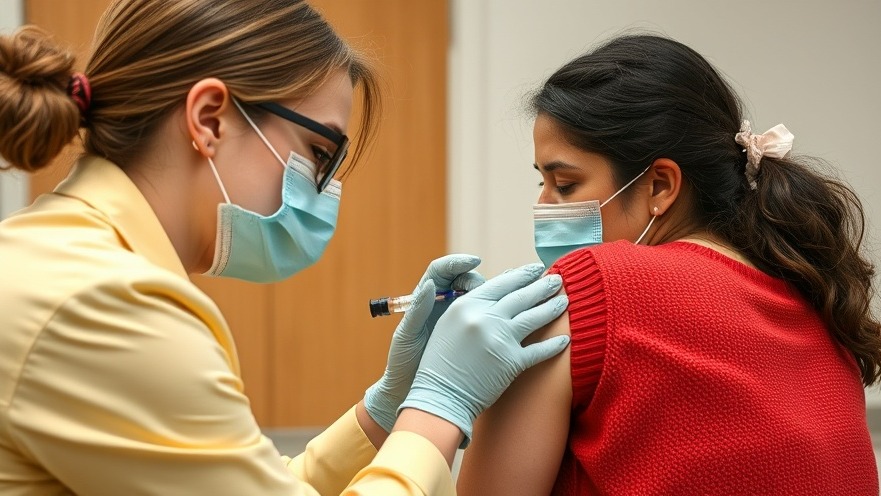
Revolutionizing Childhood Vaccination: A New Approach on the Horizon
In several parts of the world, the challenge of vaccination remains critical, particularly for children. Recent research from the Massachusetts Institute of Technology (MIT) highlights a promising development in vaccine delivery that could drastically reduce the number of follow-up shots required, ensuring better immunization coverage. Around 20% of children are not fully immunized, leading to 1.5 million child deaths annually from preventable diseases. This staggering statistic underscores the urgency for innovative solutions in vaccine administration.
Particle Technology: The Future of Vaccine Delivery
The core of this breakthrough lies in the creation of microparticles designed to carry multiple vaccine doses. These particles can be injected and programmed to release their vaccine payload over extended periods—weeks or even months after the initial injection. As highlighted by Ana Jaklenec, a principal investigator at MIT's Koch Institute for Integrative Cancer Research, this technology aims to make immunization more accessible, particularly in underserved areas where healthcare access is limited.
In a recent study published in the journal Advanced Materials, researchers demonstrated the efficacy of these microparticles by successfully delivering two doses of the diphtheria vaccine. The approach proved effective, with mice producing an antibody response comparable to those that received conventional two-dose administration.
Extending Vaccine Intervals: Implications for Public Health
This innovative delivery method could eventually lead to single-dose vaccines capable of releasing multiple doses over time. For childhood vaccines like polio, which typically require multiple visits, these advancements could reduce missed appointments and improve overall immunization rates. As many health practitioners know, logistical challenges often hinder vaccination efforts, particularly in rural areas of the United States and developing nations.
The Magic of Polymeric Particles
The microparticles have been developed from a polymer known as PLGA (poly-lactic-co-glycolic acid), which has previously shown promise in delivering vaccine doses separated by extensive intervals. In earlier studies, researchers successfully used these particles to administer two doses of the polio vaccine 25 days apart, but this recent innovation with diphtheria shows potential for even longer release intervals.
This opens a broader discussion on the possibility of self-boosting vaccines. Such advancements in vaccine delivery could decrease the logistical burden on healthcare systems while addressing the global challenge of vaccine hesitancy.
Accessibility and Community Health Outcomes
From the perspective of concierge health practitioners, this technology could reshape patient outreach and education regarding vaccinations. The capability to offer comprehensive, multi-dose vaccines in a single visit could encourage families to follow through with their children’s immunization schedules, fostering stronger herd immunity within communities.
The self-administration capability could also mean fewer visits to clinics, allowing healthcare providers to allocate resources more efficiently and focus on other urgent healthcare needs. As the healthcare landscape continues to evolve through technological advancements, professionals in the field must stay informed and ready to integrate these innovative solutions into practice.
Future Trends and Potential Challenges
While the promise of microparticle vaccine delivery is bright, it also presents a few challenges. Questions about the long-term stability of the particles, possible immune responses, and regulatory hurdles regarding new vaccine technologies must be carefully considered. Moreover, professional training might be required to ensure that healthcare providers can effectively use and explain these new systems to patients.
Conclusion: A Call to Action for Healthcare Practitioners
As advancements continue to emerge in the realm of healthcare technology, especially regarding vaccine delivery systems, it is imperative for concierge health practitioners to keep abreast of these developments. By integrating cutting-edge solutions into their practice, they can enhance patient care and ensure that communities reap the benefits of improved immunization rates. In a world confronting persistent public health challenges, there is no time to waste—action is needed to harness these breakthroughs for the benefit of vulnerable populations.
 Add Row
Add Row  Add
Add 




Write A Comment